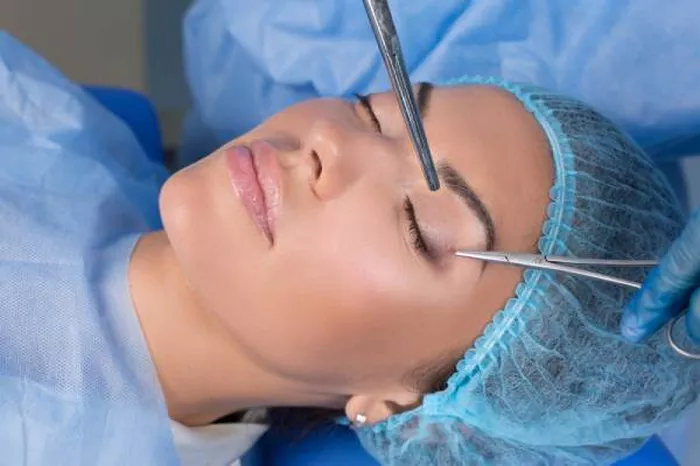Ptosis, commonly referred to as droopy eyelid, is a condition where the upper eyelid droops or falls lower than its normal position. Ptosis surgery, also known as blepharoptosis repair, is a surgical procedure aimed at correcting this eyelid condition and restoring a natural and balanced appearance. While the primary goal of ptosis surgery is to improve eyelid function and aesthetics, patients often wonder about the recovery process and how long it takes for the healing to complete. In this article, we explore the factors that influence the healing timeline after ptosis surgery and provide insights into what patients can expect during their recovery journey.
Understanding Ptosis Surgery
Ptosis surgery involves tightening or repositioning the muscles responsible for lifting the upper eyelid. The procedure varies depending on the severity of the ptosis and the underlying causes. In some cases, an incision is made along the natural crease of the eyelid to access and adjust the muscles. In other cases, a minimally invasive approach can be employed, such as using an internal approach through the conjunctiva. The surgeon’s approach will be determined based on individual patient characteristics and the specific anatomical considerations.
Factors Influencing Healing Timeline
Surgical Technique: The specific surgical technique used during ptosis surgery can impact the healing process. Traditional external approaches may require more time for incision healing, while internal approaches might result in faster healing due to the absence of external incisions.
Individual Healing: Each patient’s healing process is unique and can be influenced by factors such as age, overall health, and individual response to surgery.
Severity of Ptosis: The severity of ptosis and the extent of muscle adjustment required can also play a role in the healing timeline. More extensive procedures may require additional time for healing.
Postoperative Care: Following the surgeon’s postoperative care instructions is crucial for optimal healing. Proper care can help minimize complications and facilitate a smoother recovery.
Recovery Phases and Timeline
Immediate Postoperative Period (Days 1-7):
Swelling and Bruising: Swelling and bruising around the eyes are common in the initial days after surgery. Applying cold compresses and following the surgeon’s instructions can help reduce swelling.
Eye Lubrication: Patients may experience dryness and discomfort in the eyes. Lubricating eye drops or ointments may be prescribed to alleviate these symptoms.
First Week to First Month:
Sutures Removal: If external sutures are used, they are typically removed within the first week. Internal sutures used in some techniques do not require removal.
Gradual Improvement: Swelling and bruising gradually subside during this period, and patients may notice improvement in eyelid position and appearance.
First Month to Three Months:
Continued Improvement: The eyelid position and appearance continue to improve, and any residual swelling gradually resolves.
Final Outcome: By the end of the third month, patients often see the final results of their ptosis surgery. The eyelid symmetry and natural appearance should be fully evident.
Long-Term Healing (Beyond Three Months):
Scarring: Incision scars fade over time, becoming less noticeable with proper scar care and protection from sun exposure.
Numbness: Some patients may experience temporary numbness around the surgical site, which gradually resolves over several months.
Conclusion
The healing timeline after ptosis surgery is influenced by various factors, including the surgical technique, individual healing capacity, and the severity of the ptosis. While initial swelling, bruising, and discomfort are common, patients can expect gradual improvement in eyelid position and appearance over the course of several weeks to months. Following the surgeon’s postoperative care instructions, attending follow-up appointments, and maintaining patience are essential for achieving optimal results. By the three-month mark, patients typically enjoy the final outcomes of their ptosis surgery, with restored eyelid symmetry and improved aesthetics. If you are considering ptosis surgery, consulting with a skilled surgeon and understanding the healing process can help you make informed decisions and approach the recovery period with confidence.


